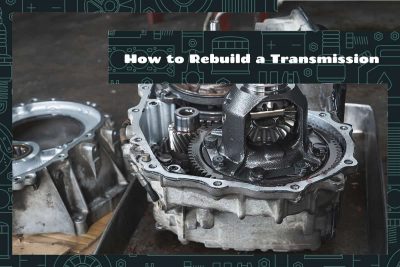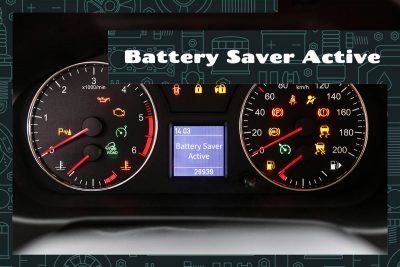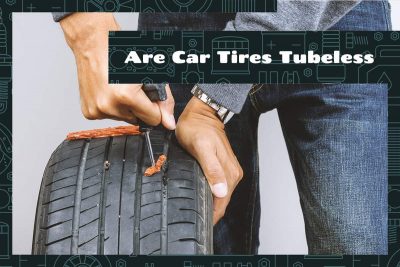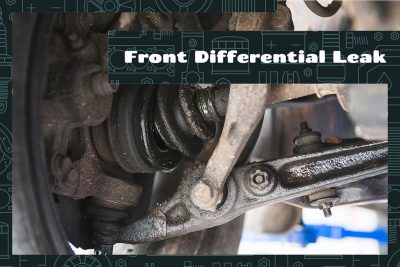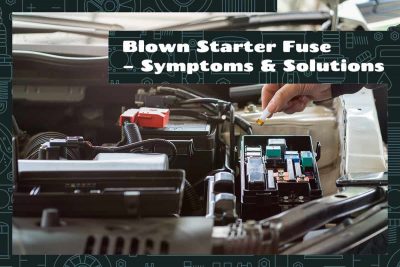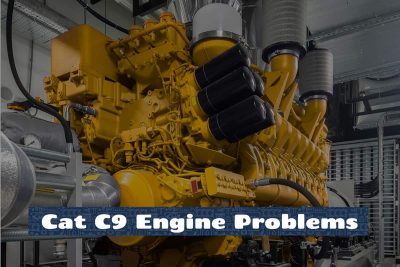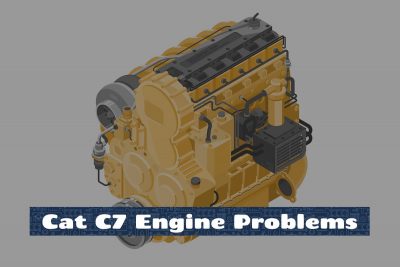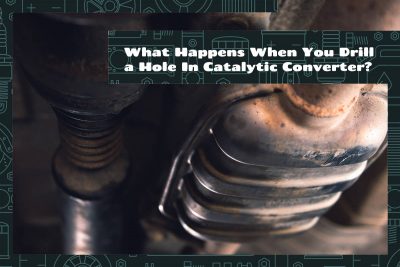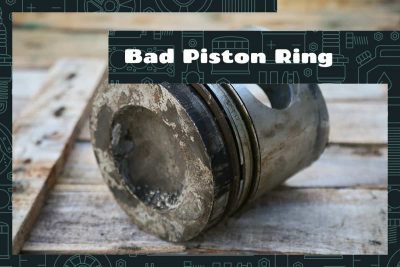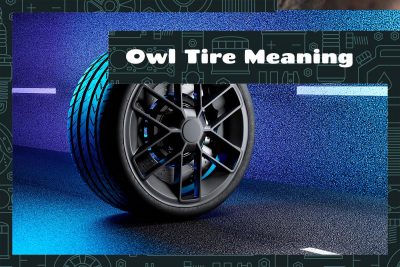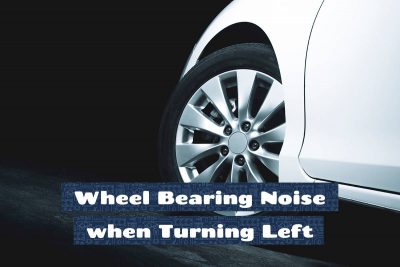Iyul Nasruddin
Posts by Iyul Nasruddin:
The transmission is the heart of a car’s movement, converting engine power into movement on the road. Just like any heart, over time, it can wear out and require a bit of refurbishing. Many choose to rebuild their transmission instead of replacing it, as it can be cost-effective and give a vehicle a new lease on life.
The ‘Battery Saver Active’ alert signals that your vehicle has detected an excessive battery drain and has automatically reduced some electrical loads to save energy. Upon seeing this alert, you should reduce any unnecessary electrical usage and inspect your battery for condition problems.
In today’s automotive landscape, most car tires are indeed tubeless. Unlike traditional tires which contain an inner tube, tubeless tires eliminate this component, sealing air directly between the tire and rim. This design difference offers a range of benefits including improved safety and puncture resistance.
Differentials often remain in the shadows of more talked-about parts like engines or brakes. However, when your vehicle starts showing signs of a front differential leak, suddenly, this underappreciated part grabs your attention. This issue is about ensuring smooth turns, proper power distribution to wheels, and maintaining overall vehicle health.
When a starter fuse is blown, the car may fail to start, show intermittent starting issues, or certain dashboard lights might not function. Repair options include replacing the fuse and addressing underlying causes, sometimes necessitating professional help.
Once valve seals are worn out, replacement is typically necessary to restore engine function. Costs vary, but expect to pay between $300 to $1,500 depending on car model and labor charges.
Common problems associated with the Cat C9 engine include oil leakage, cooling system failures, malfunctioning sensors, power loss, and decreased fuel efficiency.
The Cat C7 engine has occasionally faced issues such as starting troubles, overheating, fuel injection problems, turbocharger malfunctions, and oil-related concerns.
No, you should not drill holes into a catalytic converter. Drilling compromises its function, leads to increased emissions, and can decrease vehicle performance.
Wear and tear is the primary reason piston rings go bad, but factors like poor maintenance, high operating temperatures, and using low-quality parts can also contribute. To fix them, you typically need to replace the damaged rings, which involves disassembling the engine to access the piston and rings.
OWL stands for Outlined White Letters. It’s a design where the tire’s lettering is highlighted in white, giving vehicles a distinctive look and emphasizing branding or model details on the tire’s sidewall.
Wheel bearings make noise when you turn left due to the increased side load on the right wheel bearing. The turn puts extra stress on the bearing, exposing any wear or damage.
